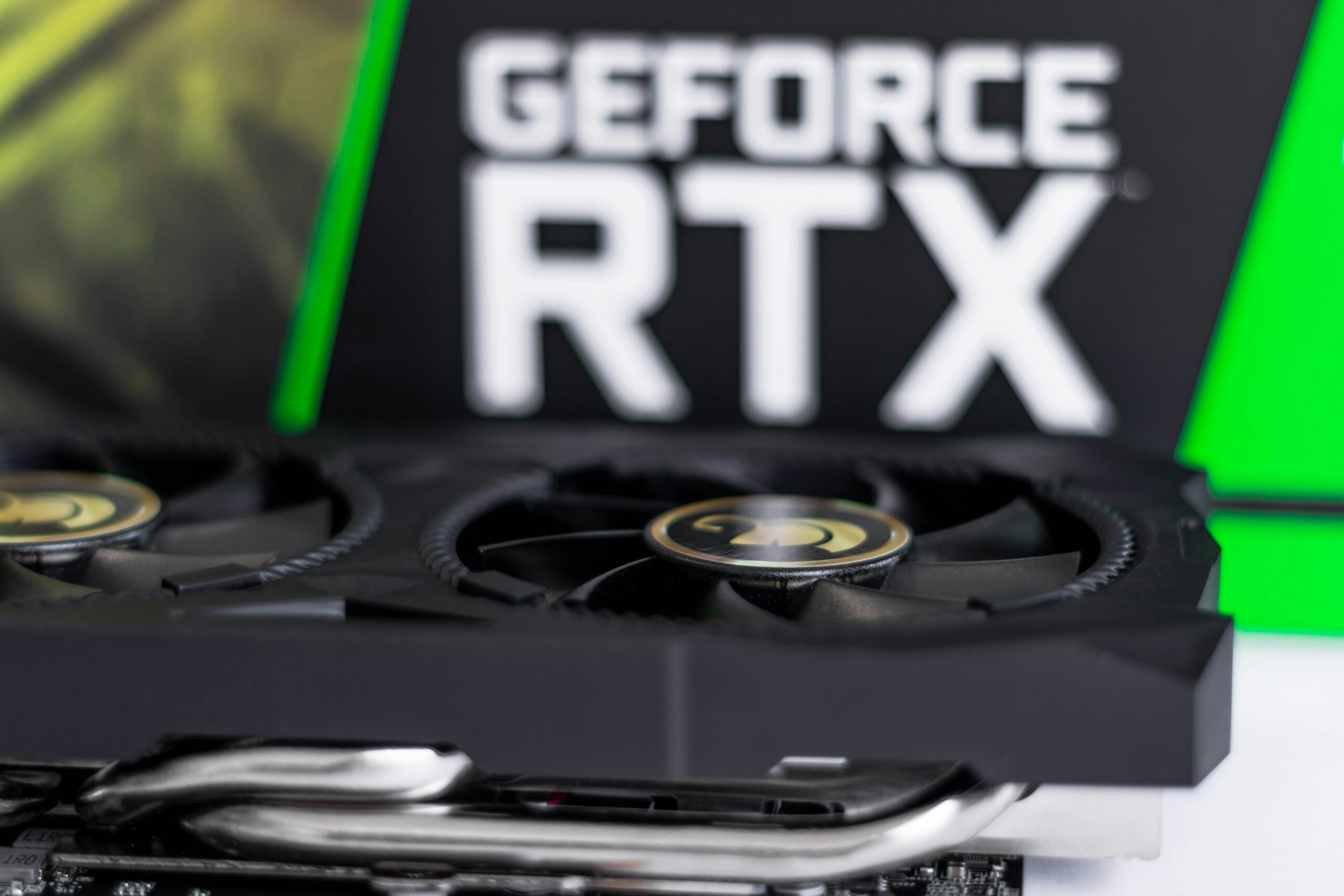In a recent development, technology giant Nvidia has found itself in legal trouble as a group of authors have filed a lawsuit against the company. The authors claim that Nvidia’s artificial intelligence (AI) technology, specifically its AI-powered image generation tool called “GauGAN,” has been used to create and distribute copyrighted works without their permission.
The lawsuit alleges that Nvidia’s AI tool, which allows users to generate realistic images from simple sketches, has been used to replicate and distribute copyrighted works, including illustrations, paintings, and photographs, without obtaining proper authorization from the original creators. The authors argue that this unauthorized use of their copyrighted works not only infringes upon their intellectual property rights but also undermines their ability to control and profit from their creations.
The case raises important questions about the intersection of AI technology and copyright law. While AI has the potential to revolutionize various industries, including the creative sector, it also presents unique challenges when it comes to intellectual property rights. As AI systems become more advanced and capable of producing highly realistic content, the distinction between original works and AI-generated replicas becomes increasingly blurred.
One of the key arguments made by the authors is that Nvidia’s GauGAN tool effectively enables users to create derivative works based on copyrighted material, without obtaining the necessary licenses or permissions. They contend that even though the AI system may generate the images, it is the human users who input the original copyrighted works as references, making them active participants in the infringement.
On the other hand, Nvidia maintains that its AI technology is a tool designed to assist artists and creators in their creative process, rather than a means to infringe upon copyright. The company argues that GauGAN is intended to be used as a tool for inspiration and experimentation, and that users are responsible for ensuring that they have the necessary rights and permissions for any copyrighted material they incorporate into their creations.
This lawsuit highlights the need for clearer guidelines and regulations surrounding the use of AI in relation to copyrighted works. As AI technology continues to advance, it is crucial to establish a legal framework that adequately protects the rights of creators while also fostering innovation and creativity.
While copyright laws exist to safeguard original works of authorship, they were not specifically designed to address the unique challenges posed by AI-generated content. As a result, courts and lawmakers are grappling with how to strike the right balance between protecting the rights of authors and encouraging the development and adoption of AI technology.
Some argue that the responsibility should lie with the AI developers to implement safeguards and restrictions within their systems to prevent the unauthorized use of copyrighted material. Others believe that users should bear the responsibility of ensuring they have the necessary rights and permissions for the content they create using AI tools.
Ultimately, the outcome of this lawsuit could have far-reaching implications for the future of AI technology and its relationship with copyright law. It is a case that will likely shape the legal landscape and set precedents for similar disputes in the future.
As the lawsuit progresses, it will be interesting to see how the court navigates the complexities of AI-generated content and copyright law. The decision reached in this case could provide much-needed clarity and guidance for both creators and AI developers, helping to establish a framework that protects the rights of authors while fostering innovation in the rapidly evolving field of AI.
